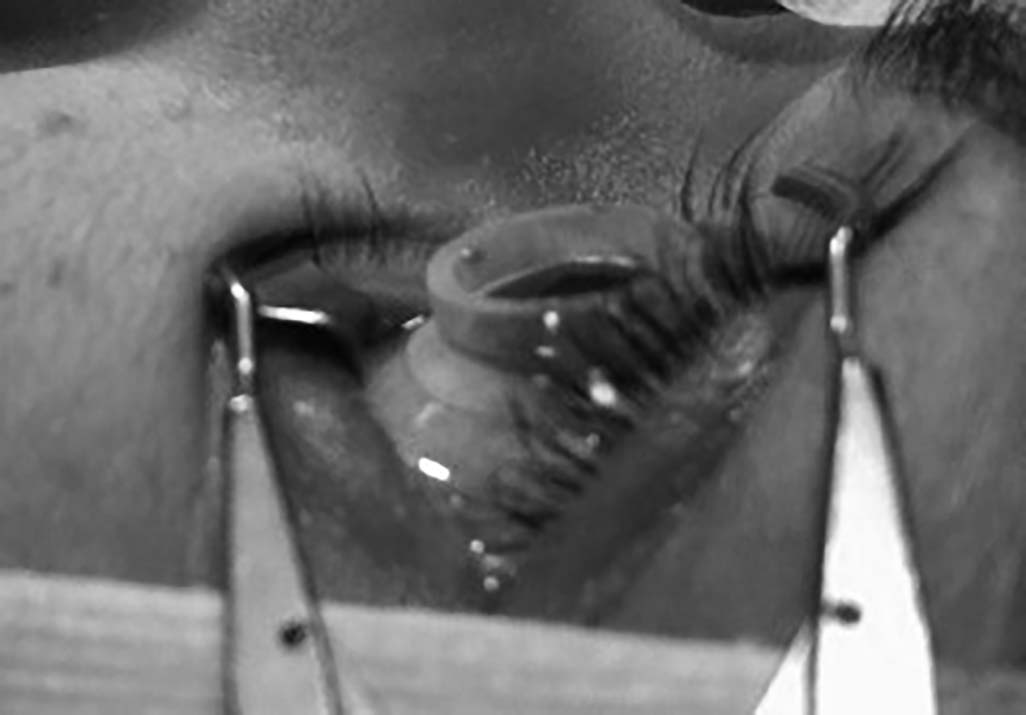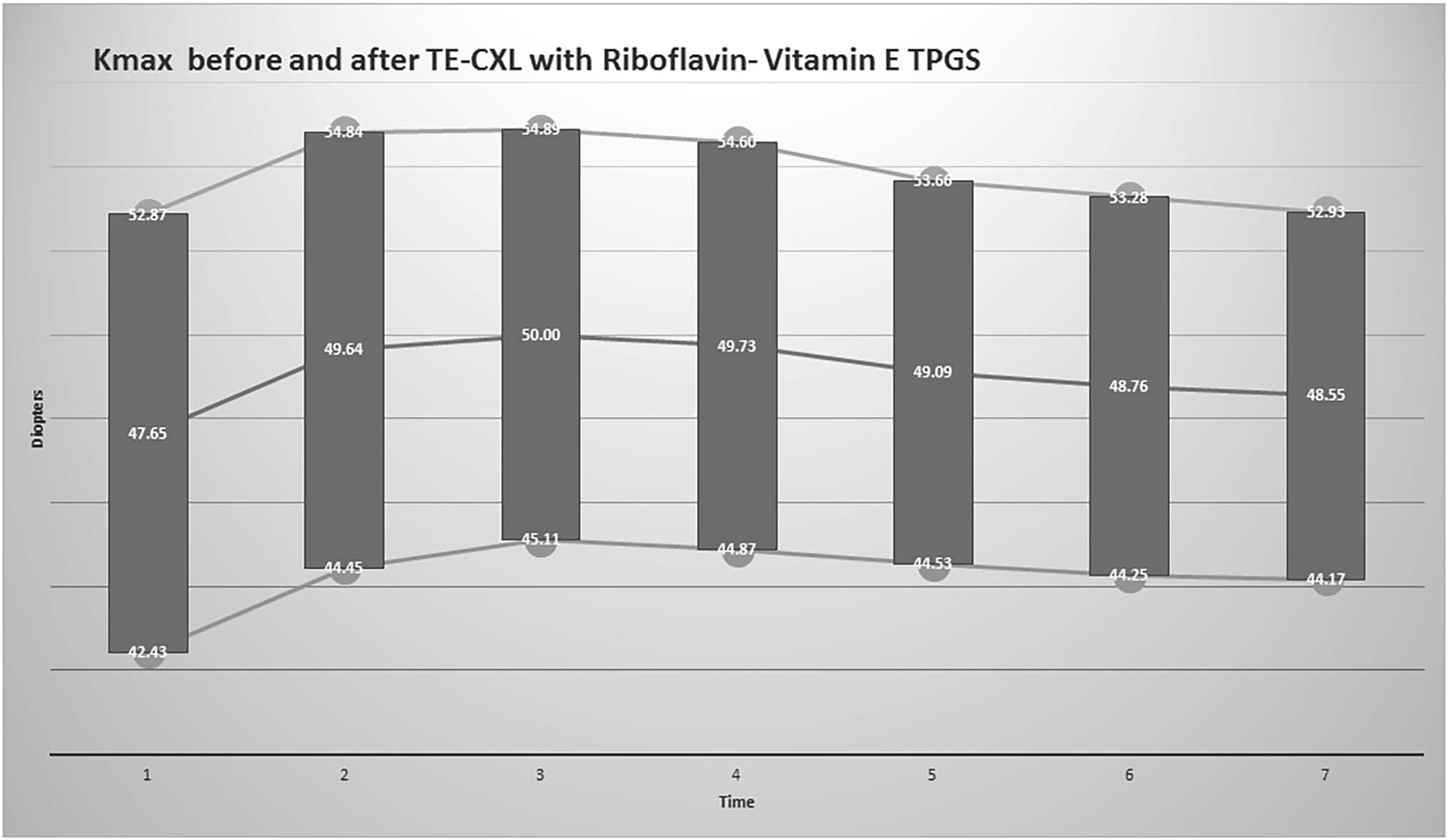Doi:10.1016/j.biocel.2004.08.002
The International Journal of Biochemistry & Cell Biology 37 (2005) 1117–1129 Insulin in aging and cancer: antidiabetic drug diabenol as geroprotector and anticarcinogen Irina G. Popovich, Mark A. Zabezhinski, Peter A. Egormin, Margarita L. Tyndyk, Ivan V. Anikin, Alexander A. Spasov, Anna V. Semenchenko, Anatoly I. Yashin, Vladimir N. Anisimov a Department of Carcinogenesis and Oncogerontology, N.N. Petrov Research Institute of Oncology, St. Petersburg 197758, Russia









